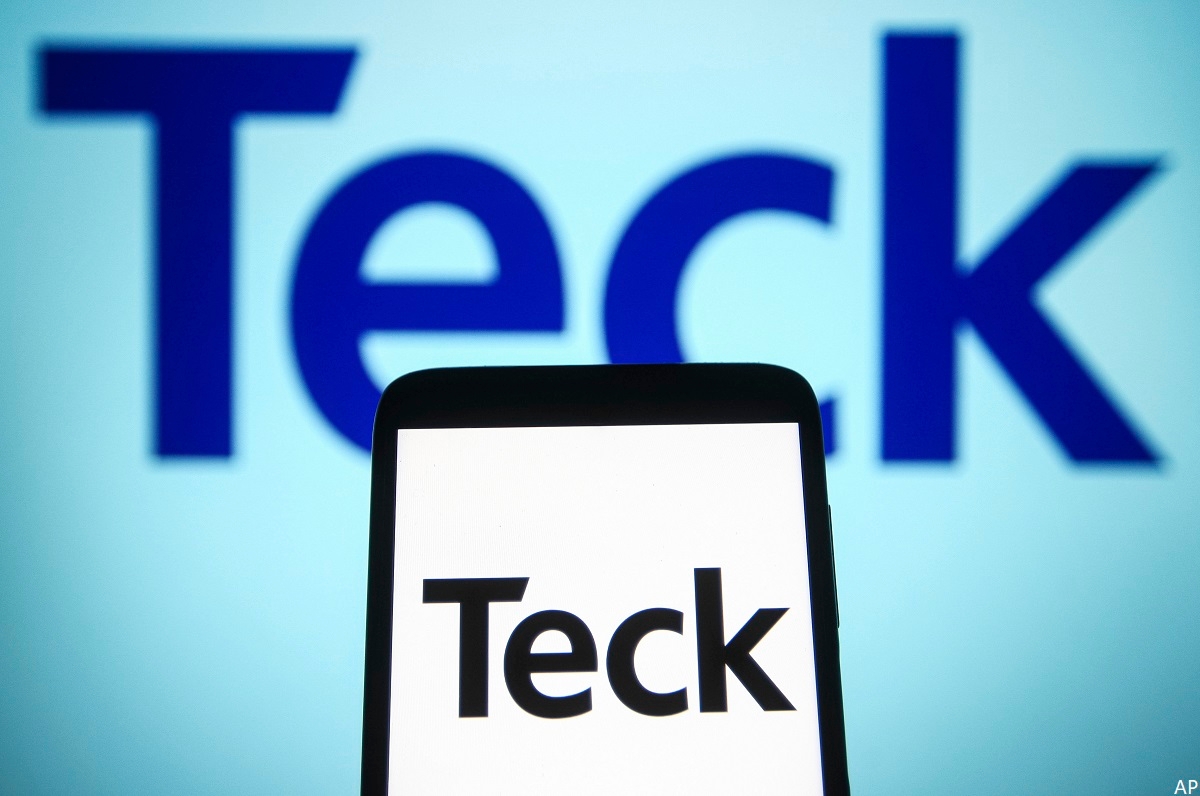:quality(80)/cloudfront-us-east-1.images.arcpublishing.com/morningstar/A22UNXL3RZHWTD33LIGKUHNAH4.jpg)
We expect demand for lithium to triple by 2030, and Albemarle ALB is one of our top lithium producer stock picks. In fact, it’s one of Morningstar analysts’ favourite 33 undervalued stocks for the third quarter. Albemarle has raised its dividend for 29 consecutive years, earning it Dividend Aristocrat status. It lands on our recent list of 10 cheap dividend-growth stocks to buy, too.
Albemarle is one of the world’s largest lithium producers. Its Salar de Atacama salt brine asset in Chile is among the world’s lowest-cost sources of lithium. The Talison joint venture in Australia is one of the best spodumene resources in the world, which allows Albemarle to be one of the lowest-cost lithium hydroxide producers, as spodumene can be converted directly into hydroxide. Albemarle is also the world’s second-largest producer of bromine, a chemical used primarily in flame retardants for electronics. As electric vehicle adoption increases, we expect high-double-digit annual growth in global lithium demand. In response, Albemarle plans to expand its annual lithium production capacity from 200,000 metric tons in 2022 to 500,000-600,000 metric tons by 2030.
Key Morningstar Metrics for Albemarle Stock
- Fair Value Estimate: US$350
- Star Rating: 5 Stars
- Economic Moat Rating: Narrow
- Uncertainty Rating: High
Economic Moat Rating
Cost advantages and switching costs form the basis of Albemarle’s narrow economic moat. Albemarle possesses the lowest-cost sources of lithium and bromine production. It also benefits from switching costs in its catalyst business, where refiners and petrochemical producers tend to stick with existing catalysts tailored to their facilities in order to maximize product yields. Albemarle has a cost advantage in lithium carbonate production due to its lucrative brine assets in the Salar de Atacama. Also, the Talison operation is one of the highest-quality spodumene deposits and sits on the low end of the lithium hydroxide cost curve, owing to its geological advantage; its spodumene has roughly double the lithium concentration of most others. Albemarle’s advantaged position in bromine comes from its low-cost and long-lived assets in the Dead Sea and Arkansas.
Read more about Albemarle’s moat rating.
Fair Value Estimate for Albemarle Stock
Our fair value estimate is US$350 per share. We assume roughly a 10% weighted average cost of capital and use a multiple of 12.5 times midcycle EBITDA to value free cash flows generated beyond our 10-year explicit forecast horizon. The bulk of our forecast growth comes from lithium. We expect lithium demand to grow at nearly a 20% annual rate from around 800,000 metric tons in 2022 to over 2.5 million metric tons by 2030. We forecast Albemarle’s lithium capacity will grow to nearly 600,000 metric tons during the next decade and will benefit from strong demand growth. Albemarle’s low costs should allow it to benefit tremendously from additional volume sold. As demand more than triples by 2030, we expect the lithium market will remain in a deficit, supporting prices well above the marginal cost of production. We forecast prices will average in the mid-US$30,000 range per metric ton from 2023 through 2030.
Read more about Albemarle’s fair value estimate.
Risk and Uncertainty
The biggest risk for Albemarle is volatile lithium prices. Prices could decline if electric vehicle demand grows more slowly than expected. New batteries, such as sodium-ion, could overtake lithium as the preferred energy storage resource. Lithium production could increase more quickly than demand warrants if producers bring too much supply to the market. Further, new lithium production technologies could alter the cost curve in carbonate and hydroxide. Albemarle faces execution risk in ramping up its lithium production, including production delays and cost overruns. Albemarle is also subject to political risk, especially in Chile. Regulations that limit emissions in the bromine business could hurt profit margins.
Read more about Albemarle’s risk and uncertainty.
Albemarle Bulls Say
- Albemarle has top-tier lithium assets through its brine operations in Chile and spodumene operations in Western Australia, which are among the lowest-cost sources of lithium production globally.
- Lithium prices should remain well above the marginal cost of production through at least the remainder of the decade, leading to excess profits and returns on invested capital for Albemarle.
- Albemarle has low-cost bromine production through its highly concentrated brine assets in the Dead Sea and Arkansas.
Albemarle Bears Say
- Lithium prices will fall if new supply comes online faster than demand, which will weigh on profitability. Albemarle’s plans to expand its lithium production capacity would prove value-destructive in the wake of lower prices.
- Albemarle’s bromine business could decline from weak demand for flame retardants as consumers shift from computers to less bromine-intensive tablets and smartphones.
- Chile’s plan to nationalize lithium could result in Albemarle being forced to sell a majority stake to the government at a price around asset book value, destroying shareholder value.





:quality(80)/cloudfront-us-east-1.images.arcpublishing.com/morningstar/H6ZJ3NEBXNA6ZNNWOZDTDFU3EI.png)















